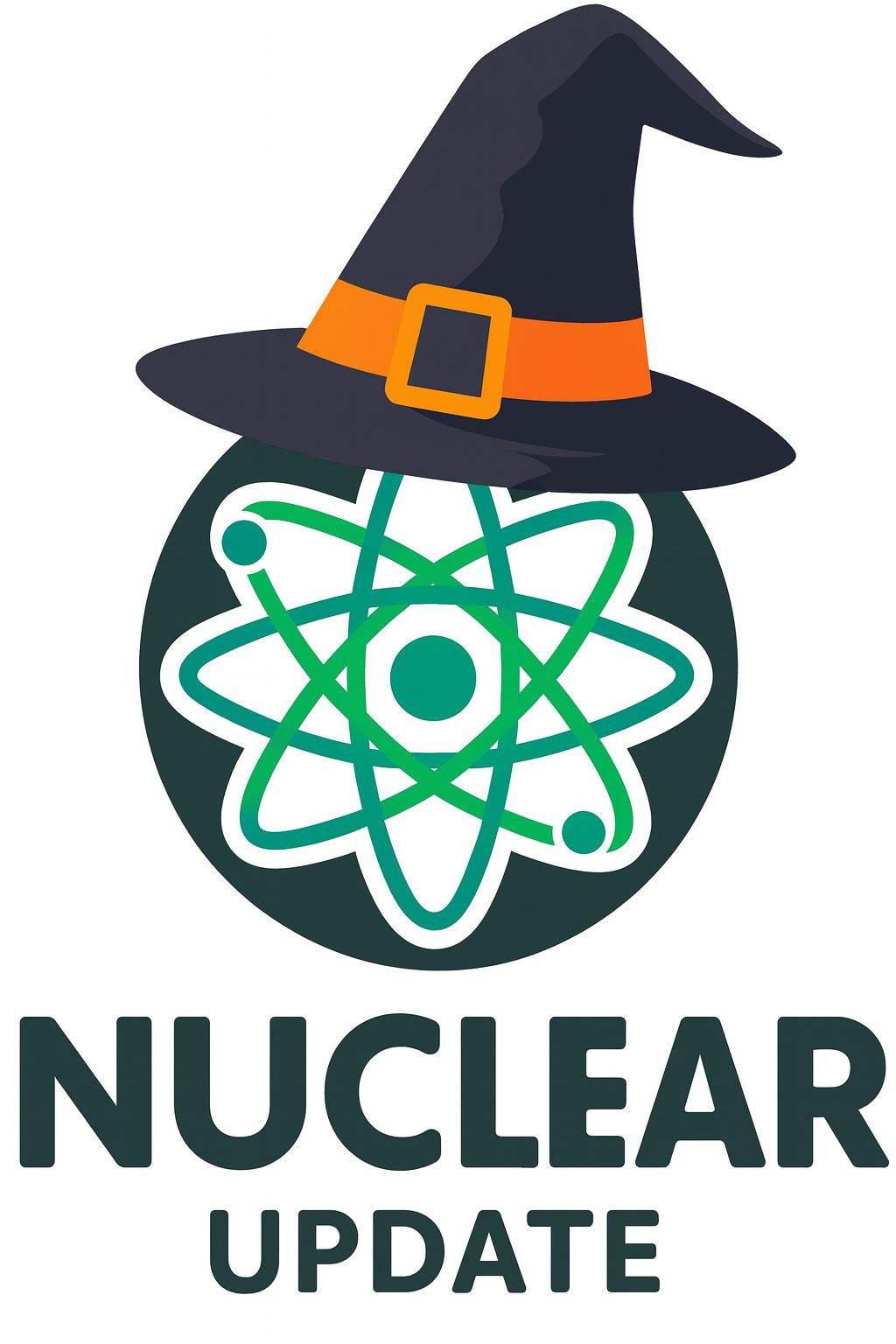- Nuclear Update
- Posts
- ⚛️U.S Offers Weapons-Grade Plutonium for Advanced Reactors
⚛️U.S Offers Weapons-Grade Plutonium for Advanced Reactors
PLUS: Canada Greenlights $3B for First SMR Fleet

Welcome to Nuclear Update.
This week I wanted to mix things up a bit. So instead of the usual format, this edition’s taking a slightly different route.
If you like it, let me know by commenting.
If you hate it… also let me know by commenting. (Fair’s fair, right?)
This is what I got for you this week:
⚛️U.S Offers Weapons-Grade Plutonium for Advanced Reactors
🚀Canada Greenlights $3B for First SMR Fleet
🔥 Brookfield to Revive V.C. Summer Project
🧊Lighting the Arctic With Atoms
But first: this week’s trivia question:
Last week, I asked: What is the smallest building block in an atom?
You said:
⬜️⬜️⬜️⬜️⬜️⬜️ Proton (6%)
🟨⬜️⬜️⬜️⬜️⬜️ Neutron (10%)
🟨🟨⬜️⬜️⬜️⬜️ Electron (23%)
🟩🟩🟩🟩🟩🟩 Quark (61%)
Now, let’s dive into the good stuff!💥

⚛️ U.S Offers Weapons-Grade Plutonium for Advanced Reactors
This week, the U.S. opened applications for nuclear developers to access 19 metric tonnes of weapons-grade plutonium, now up for grabs to fuel the next wave of advanced reactors.
The goal is to reduce dependence on Russian uranium and restart America’s stalled nuclear fuel cycle. The first recipients will be announced by year’s end, with the DOE suggesting that selection could also help companies fast-track NRC approvals.
Companies like Oklo and Newcleo are expected to apply. Both develop fast reactors capable of using plutonium or other transuranic elements as fuel.
Unlike traditional light-water reactors that rely on enriched uranium, fast reactors use (you guessed it) fast neutrons instead of slow, thermal ones. This allows them to fission plutonium directly and, in theory, close the fuel cycle, breeding new fuel while strengthening long-term energy security.
The U.S. has tried this before. The Savannah River MOX project was meant to convert warhead plutonium into reactor fuel but ran into cost overruns, design issues, and long delays. By 2018, the DOE scrapped it, citing spiraling costs and feasibility concerns. What followed was years of legal disputes and a policy shift toward diluting and disposing of the material instead.
So yeah, Washington is once again trying to turn megatons into megawatts, this time betting that advanced reactor technology can finish what the last attempt couldn’t.
🎥Want to learn more about fast reactors? Check out this video:

🚀Canada Greenlights $3B for First SMR Fleet
Canada just announced a $3 billion investment to accelerate the Darlington New Nuclear Project, a 4-unit SMR build next to the existing Darlington power plant in Ontario.
Ottawa will contribute $2 billion through the Canada Growth Fund, while Ontario adds $1 billion via its Building Ontario Fund. The project has been officially designated as being of national interest, giving it priority status for fast-tracking and regulatory support.
The reactors will use GE Hitachi’s BWRX-300 design, a smaller modular version of the company’s proven boiling water reactor. Each unit, fueled by uranium, will produce 300 megawatts of electricity. Construction began in May, with the first unit expected online by 2030.
🎥Watch this clip to see why Canada is investing billions in Small Modular Reactors:

💬 Even CNBC’s catching on...
The uranium trade just went mainstream. CNBC covered Brookfield’s bid for two abandoned V.C. Summer reactors, with names like Cameco, Centrus, and Uranium Energy Corp all getting airtime.
The takeaway? What we’ve been tracking for years, the buildout, the bottlenecks, the big capital rotation, is finally hitting the headlines.
🎥Watch the CNBC segment:
If the media’s just starting to see it, you’re still early.
Join Nuclear Update Premium before the real hype cycle begins.

☢️ Germany Destroy Two Nuclear Plant Cooling Tower
Germany blew up another nuclear plant’s cooling towers last week.
They didn’t have to, it was a policy choice.
Electricity prices are now triple U.S. levels, and manufacturers and heavy industry are shutting down.
Lousy policy has consequences.

🔥 Brookfield to Revive V.C. Summer Project?
State utility Santee Cooper is entering final, exclusive negotiations that could allow Brookfield Asset Management to take over and finish the two partially built AP1000 reactors at V.C. Summer.
Brookfield would be free to sell most of the power to major buyers, including data centers, while providing a portion to the state utility.
It’s a full-circle moment: Brookfield now holds a majority stake in Westinghouse, the same company that struggled to complete these very reactors before collapsing in 2017. Everybody loves a comeback story.
Officials insist the deal carries “zero risk” for taxpayers or ratepayers, though watchdogs warn that the technical and regulatory hurdles remain steep after nearly a decade of exposure and expired licenses.
🎥 Watch how South Carolina’s $9B nuclear ghost might get a second life:

🧊Lighting the Arctic With Atoms
Welcome back to Atomic Alternatives, where we highlight nuclear technology outside the reactor, the clever, unusual, and sometimes forgotten ways atoms powered the world.
This week: Soviet nuclear-powered lighthouses.
Along the Arctic coast, the USSR installed over a hundred radioisotope thermoelectric generators (RTGs), small, sealed units that used the decay heat of strontium-90 to power remote lighthouses through years of darkness and ice.
They ran silently for decades without maintenance, a triumph of Cold War engineering and stubborn practicality.
After the Soviet collapse in 1991, many were abandoned or stripped for scrap, leaving behind serious radiation risks. Most have since been recovered or dismantled, but the story remains a strange glimpse of a world where even a lighthouse could carry a tiny piece of the atom’s promise.

😂Meme of The Week

That’s a wrap for this week’s edition.
I tried something a little different with the format this time, let me know if you liked it (or didn’t, I can take it).
Until next time: stay charged, stay critical (like a reactor), and keep glowing 😎
— Fredrik
Want to support the newsletter? Join Nuclear Update Premium. It really helps me keep the newsletter going.
💪Review of the Week

What did you think of this week's email? |
DISCLAIMER: None of this is financial advice. This newsletter is strictly educational and is not investment advice or a solicitation to buy or sell any assets or to make any financial decisions. Please be careful and do your own research
Reply